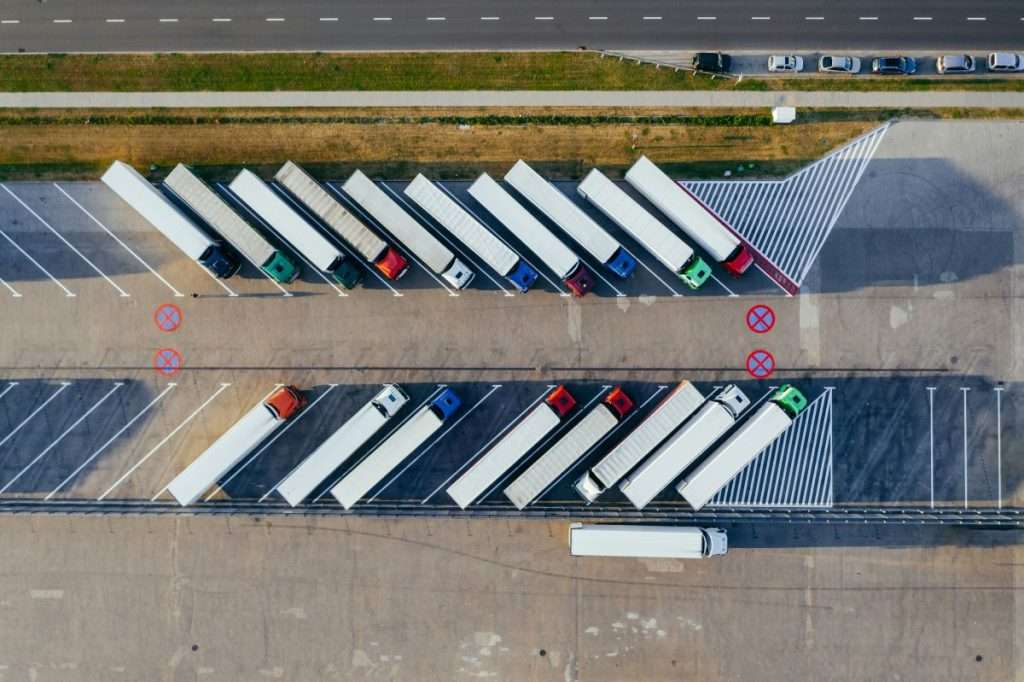Intermodal transportation, a potential solution to the ongoing truck driver shortage and frequent over-the-road hauls capacity shortages, is yet to command a significant share of the domestic freight market. This conundrum was a topic of discussion at the recent Intermodal Expo of the Intermodal Association of North America (IANA) in Long Beach, California.
Railroads as an Alternative
Railroads have long positioned themselves as an alternative to long-haul trucking, an option that becomes increasingly attractive as motor carriers struggle to find enough drivers willing to live on the road. International shippers have responded by incorporating rail into their routings for freight destined for interior points. However, a corresponding spike in domestic intermodal hasn’t been seen in that same period, with domestic containers only rising by about 5%.
The Current State of the Market
Despite the challenges in the long-haul trucking market, conditions haven’t been bad enough to spark a wholesale move to intermodal. The trucking sector continues to suffer from persistent overcapacity, following “an aggressive market-share grab.” With over-the-road space readily available, and a consequent downward pressure on rates, domestic shippers have little incentive to seek out slower rail options.
The Future of Intermodal
There are early signs of relief from the freight recession that plagued truckers from the third quarter of 2022 though the second quarter of 2023. The past four quarters have seen growth of 4.2% in on-highway freight volume. If domestic shippers should suddenly find themselves scrambling for truck space, they might well turn to intermodal.
The Role of 3PLs and Transloading
The health of the third-party logistics market is an important factor in the recovery of the domestic transportation market overall. One promising trend for domestic container haulers is a recent dramatic increase in the transloading of import freight at ports from international into domestic boxes.
The intermodal industry needs to do more to gain the confidence of shippers. Railroad performance is at a high level, and the industry needs to show the customer how it works, get them to see and feel it. The industry needs to stop talking about it and start doing something.








